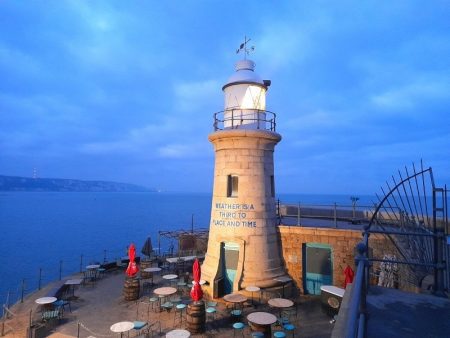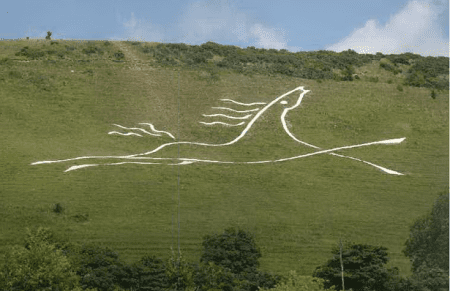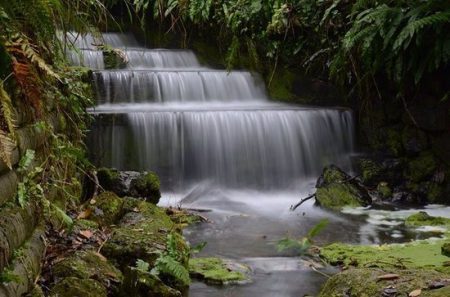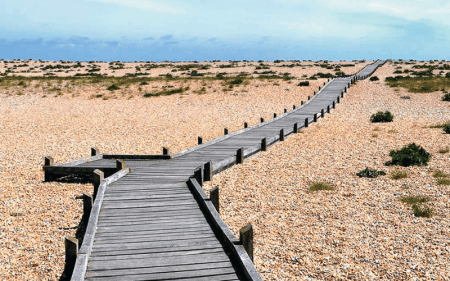FH STORIES | LOVE IS IN THE AIR…
“In the spring, a young man’s fancy lightly turns to thoughts of love” said the poet Alfred, Lord Tennyson, back in 1842. Recognising that some 180 years later it’s not just young men whose thoughts might turn to love, here are five of our favourite most romantic places in the area!

“WEATHER IS A THIRD TO PLACE AND TIME”
THE HARBOUR ARM, FOLKESTONE
The Harbour Arm at Folkestone reaches out into the sea, with the harbour on one side, the English Channel to the other and sweeping views of the White Cliffs. Once a ferry port and railway station, it was the embarkation point for millions of soldiers in 1914.
Today, its beautiful restoration makes it a focal point for enjoyment, with all kinds of food, drink and entertainment on offer.
Bright and sometimes bracing in the daytime, dusk brings the romance of lights reflected in the sea as lovers linger. The Lighthouse Champagne Bar – at the foot of the lighthouse, of course – is as perfect (and Insta-friendly!) a place for a proposal you could imagine!
THE WHITE HORSE, FOLKESTONE
For those in the height of love, a view of the Folkestone White Horse might be in order! This proud, galloping horse with its mane flying, is carved into Cheriton Hill, overlooking Folkestone and out to the sea beyond.
Designed by local artist Charlie Newington, a canvas template was laid out by volunteers, and then trenches were dug by Ghurkas and filled with limestone slabs. There’s even a time capsule with names of the project’s supporters buried in the spot that marks the horse’s heart.
The site itself is privately owned, very steep, and a Site of Special Scientific Interest (SSSI) so it’s best seen (rather than visited) from Weymouth Road off Cheriton High Street, or the Tesco car park at junction 12 – followed by a trip perhaps to the White Horse Inn in Hawkinge!


BROCKHILL COUNTRY PARK
The lake, streams and waterfall at Brockhill Country Park could have been designed with love in mind – and perhaps they were, created by William de Tournay in the great era of Victorian romanticism.
The lake, surrounded by overhanging trees is a shady oasis, with ducks and ducklings galore, and the pathway alongside features seats (love seats?) carved from fallen trees. The waterfall plunges through a sluice, and crashes gently through a stream of rocks, nestled among ferns and wild flowers.
After your romantic stroll, you can head up to the excellent café in the Park, or wander down the hill into Saltwood village and check out the Castle Hotel.
DUNGENESS
A place for the wild at heart – and the wildly romantic of course – this spit of land sticking out into the sea is other-worldly and remarkably beautiful. Britain’s only desert, Dungeness is home to fisherermen’s boats and shacks, unique wildlife and flora and fauna, and a host of artists and writers.
You could get down on one knee on one of the wooden paths crisscrossing the shingle, climb to the top of the old black and white lighthouse, or watch out for the steam trains running down to the final stop on the Romney Hythe & Dymchurch Railway.
Afterwards, despite the desolation of Dungeness, you can warm up in the Pilot Inn, the Britannia Inn, or chow down at the Dungeness Fish Hut & Snack Bar, followed by a visit to some of the artists’ studios to pick up a perfect memento of the day.


THE SOUND MIRRORS
Can radar ever be romantic we wonder? Well, for a proposal with a difference, you could try out the working model of a Sound Mirror alongside the Royal Military Canal! Walk south from Hythe RH&DR station until you come to the footbridge – whisper your sweet nothings into one end and hope your beloved says yes at the other!
Then wander down to Unit One at West Hythe, or back to Hythe itself for a celebratory glass of something!
The Sound Mirrors, also known as acoustic mirrors, concrete dishes or Listening Ears are large concrete curves which were designed as an early warning system for Britain to detect enemy aircraft. Operators used stethoscopes to detect sound waves, and it was so complex they could only listen for around 40 minutes at a time. They were superseded by radar.
You can see some of the surviving mirrors from the working model itself, from various points along the canal and the A259, and at Greatstone Lakes, part of the RSPB reserve at Dungeness.